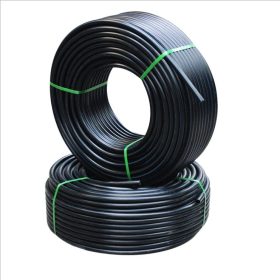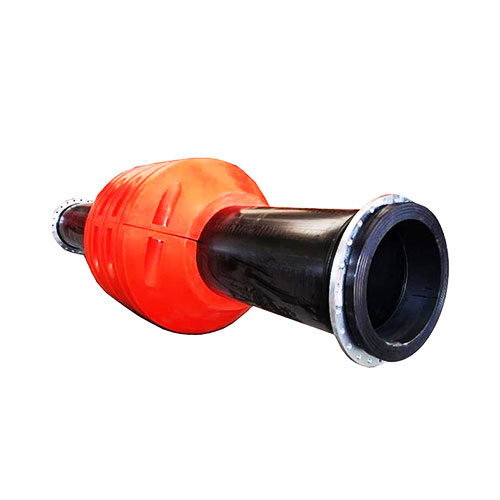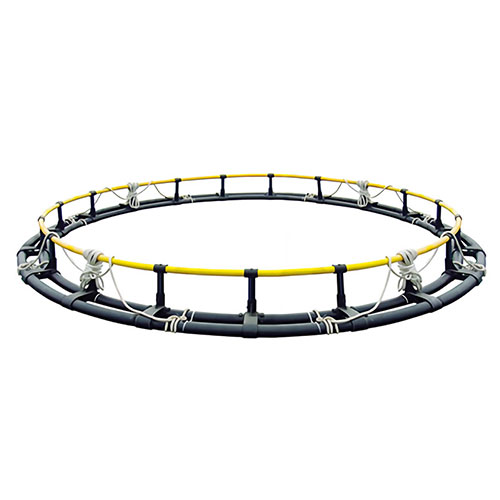Drip irrigation is an efficient method of watering plants, and the drip tube is the core of the system. These pipes are usually made of durable plastic such as polyethylene and are designed to carry water directly to the base of your plants. This targeted approach ensures efficient use of water, reducing waste and maximizing plant health.

Drip irrigation pipe

Drip irrigation pipe
water efficiency
One of the most significant advantages of drip irrigation lines is their ability to minimize water usage. By delivering water directly to plant roots, these systems avoid the inefficiencies common with traditional irrigation methods, such as evaporation and runoff. This is especially beneficial in areas where water is scarce or expensive.
Promote healthy plant growth
Drip irrigation lines release water slowly and steadily, which is ideal for healthy plant growth. This method helps maintain optimal soil moisture, which promotes root growth and improves the overall health of the plant.
Reduce weeds and diseases
Since water is delivered directly to plant roots, there is less water on the soil surface, which reduces weed growth. かつ, lower humidity on plant leaves helps reduce the potential for disease to develop in moist conditions.

Drip irrigation pipe
Flexibility and customization
Drip irrigation systems can be customized to meet the specific needs of a garden or farm. Pipes can be laid out in various ways to ensure that all plants receive the right amount of water. かつ, the flow rate can be adjusted to suit different types of plants, making it a versatile solution for different agricultural needs.
Cost effective and easy to install
Although drip irrigation lines are highly efficient, they are relatively low cost and easy to install. They can be placed on the soil surface or buried underground to suit different types of landscapes and agricultural practices.
要は, drip irrigation pipes are a wise choice for modern agriculture and gardening. They provide sustainable, efficient and adaptable watering solutions that result in healthier plants, reduced water usage and lower costs in the long run.
 Zhongtong HDPEパイプシステムプロフェッショナルサプライヤー
Zhongtong HDPEパイプシステムプロフェッショナルサプライヤー




















